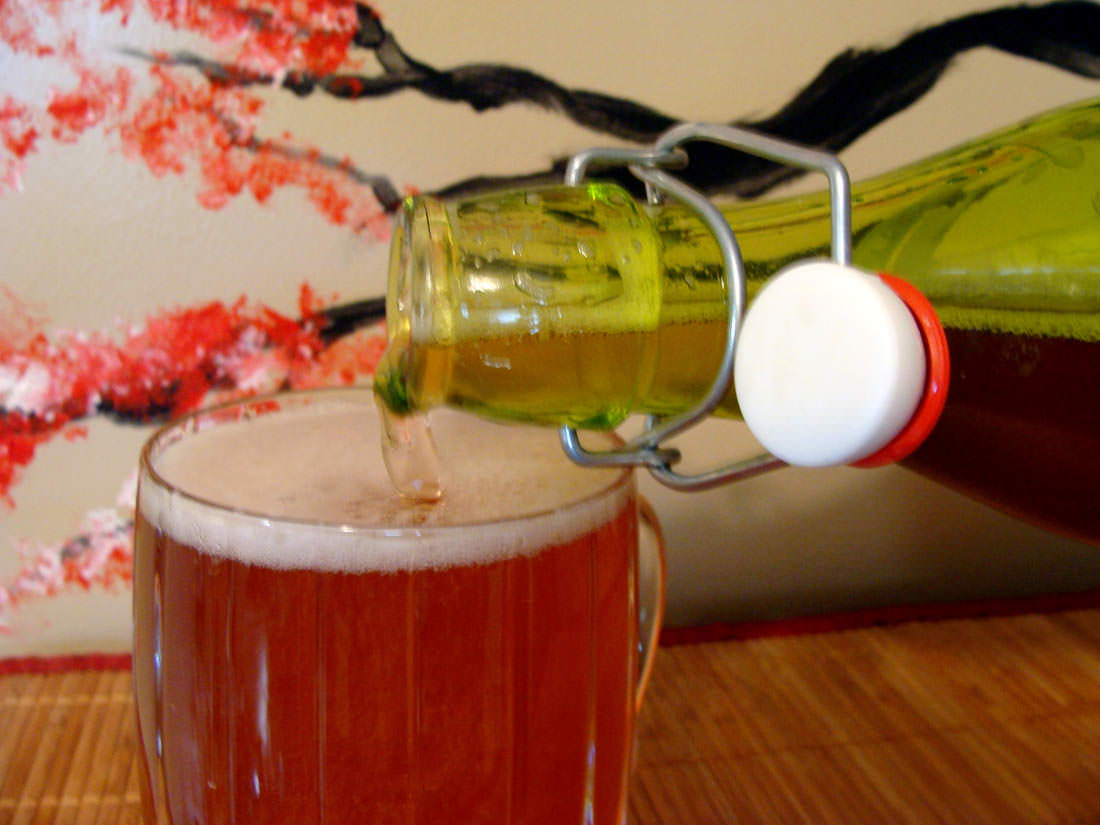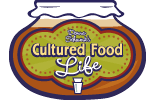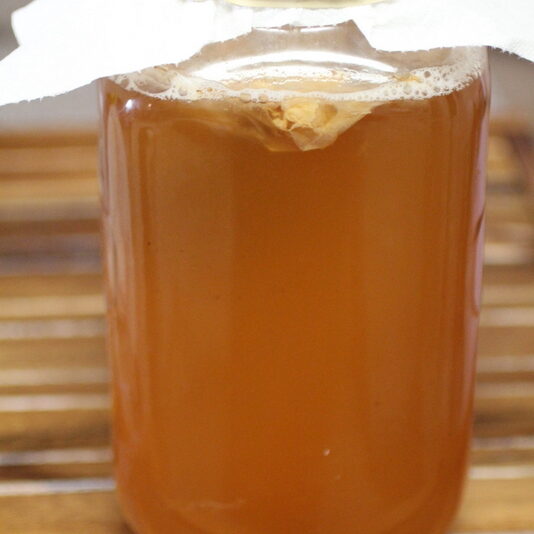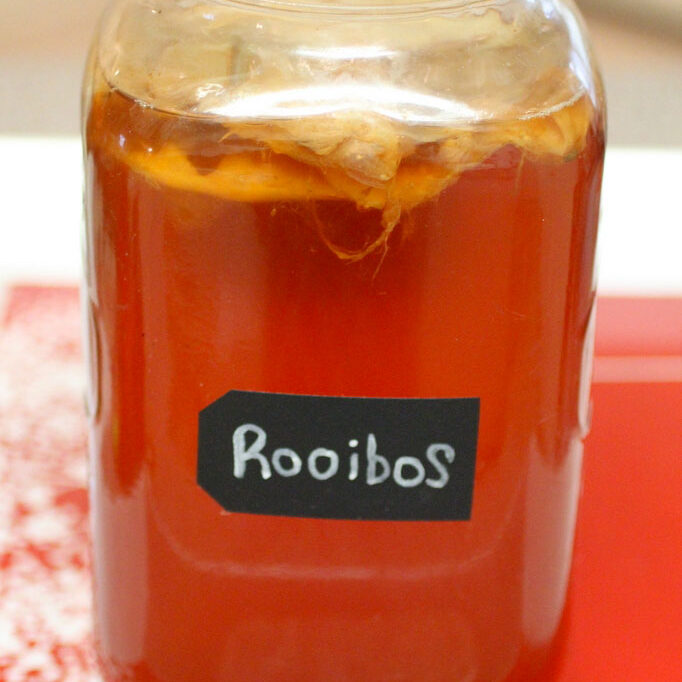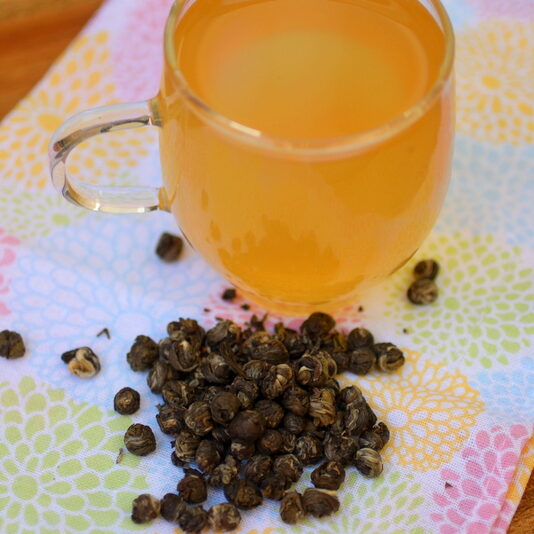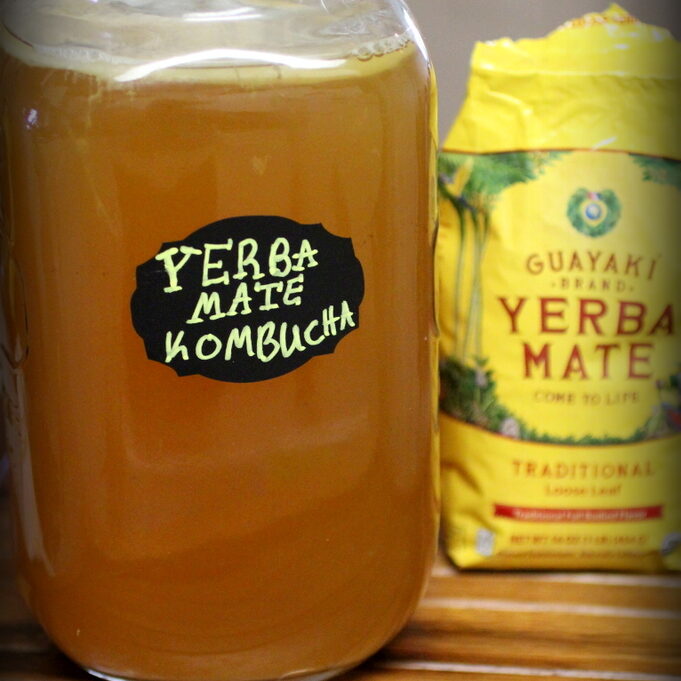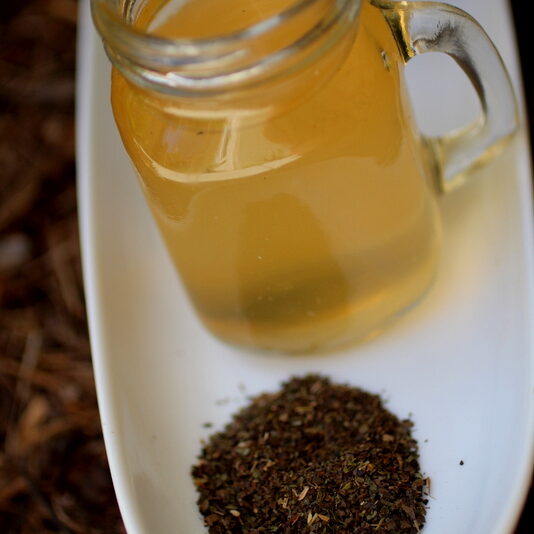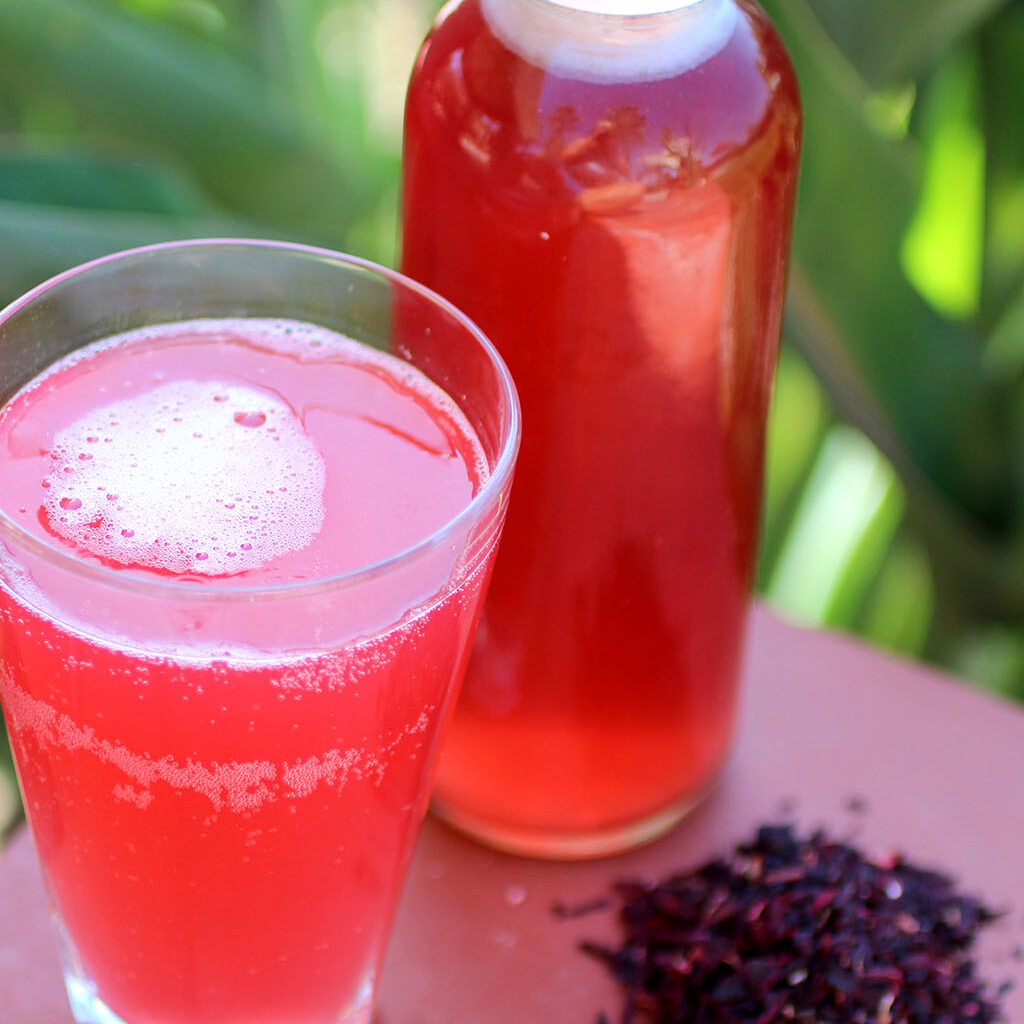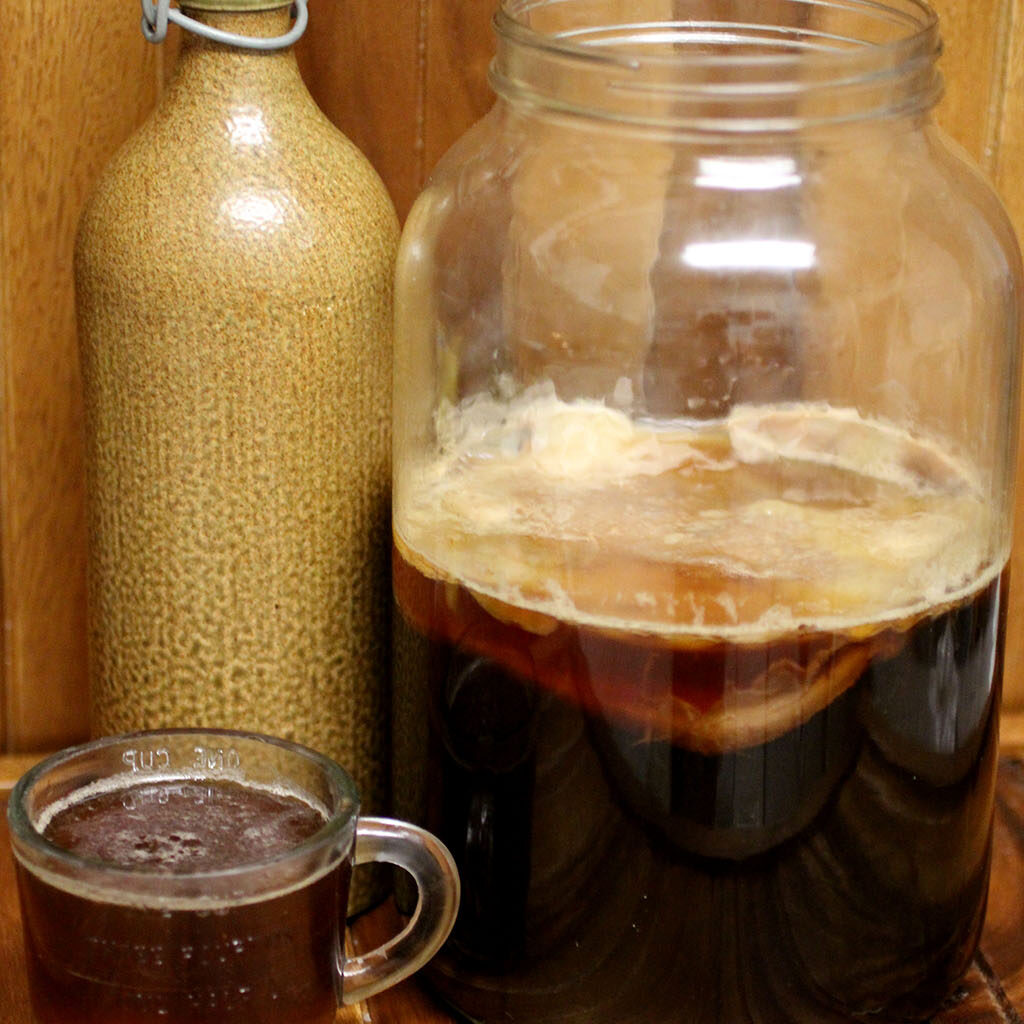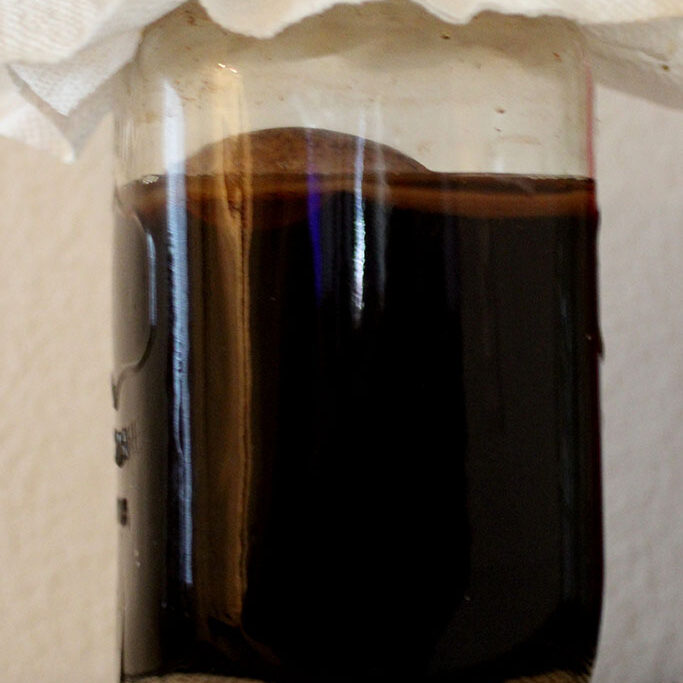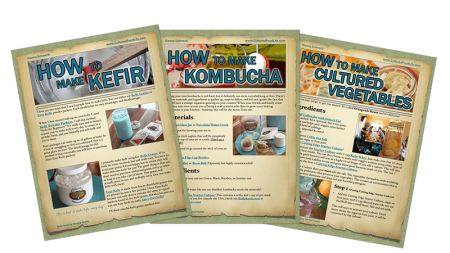
What Kind of Tea Can I Use to Make Kombucha?
Kombucha and Tea
The legend goes . . . in China, 2727 BC, the Emperor Shen Nong, who was known as “the divine healer,” was boiling his water to clean out impurities. The pot was underneath a tea bush and several leaves fell into the pot. The pot had such a wonderful fragrance, color, and taste that the emperor quickly told everyone of his findings. Tea soon became a daily drink throughout all of China.
Next to water, tea is the most consumed beverage in the world. Everybody seems to love it - including me. India serves chai tea on every street corner, and it has become their national drink. Japan loves their matcha tea which is green and powdered and quite revered. Morocco drinks gallons of mint tea, and it is considered to be an act of hospitality to serve mint tea to their guests. The British are famous for afternoon tea. They brought the tea from India when Britain was an empire so many years ago. Tea has exploded in America, and one of my favorite ways to have tea is in kombucha.
There are many different types of tea you can use in kombucha, but you shouldn't substitute herbal teas to make kombucha as it needs the tannins in tea to culture properly and also to make it bubbly. Tannins are compounds in tea, especially black tea, which give tea its refreshingly astringent, slightly bitter taste. Since herbal teas don't contain as many tannins, it is best not to use them, lest your kombucha not ferment properly.
Teas You Can Use to Make Kombucha
Green Tea is rich in catechins (antioxidants) which increase the body’s ability to burn fat as fuel, and improves bone mineral density and strength.Get the recipe
Rooibus tea is caffeine free and rooibos has many health benefits including help with headaches, insomnia, asthma, and eczema. Get the recipe
Jasmine Pearl is not an “herbal tea,” as many think. It is actually tea that can be green, white, or black, that is flavored with jasmine flowers to create the unique scent and taste. It is most commonly used with green tea. Get the recipe
Many people switch from coffee to Yerba Mate tea because of the enhanced mental clarity, alertness, focus, and concentration. Yerba mate contains a moderate amount of caffeine and the word Mateine is simply another name for caffeine. Get the recipe
White Tea has many of the same benefits as black and green tea but it undergoes less processing which helps in retaining high levels of phytochemicals. Get the recipe
One of the most noted benefits of hibiscus tea is relief from high blood pressure. It also helps with high cholesterol as well as digestive, immune system, and inflammatory problems. Get the recipe
Check out my blog for all the benefits of coffee.
Faux Coffee Kombucha is a great alternative for those who don’t drink coffee. It tastes similar to coffee and is quite delicious. This may brew faster depending on the temperature in your home. Get the recipe
No matter which tea or coffee you decide to use to make kombucha, make sure you use the correct amount of tea to ensure your kombucha ferments properly.
Donna
"Brew your own kombucha - it will have your unique style and taste. We need more fermenters in this world to spread the good bacteria everywhere!"
Are you on the list?
Sign up today and I'll send you my free Getting Started Guide!
Each week I'll send you updates, tips, recipes, and more! You might even be a winner of my weekly giveaway! (starter cultures, memberships, and more!)
Come be a part of my cultured food family!


